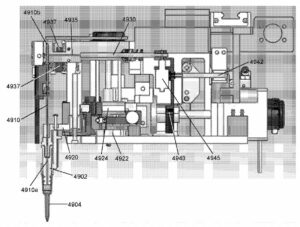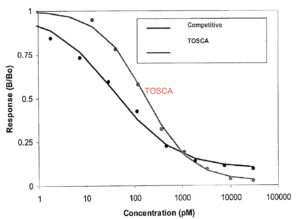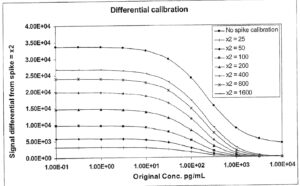A quick look at some Theranos patents
This post previously appeared on the substack.
I’d guess by now everyone in Biotech has heard of Theranos and John Carreyrou’s excellent book on the company. John now has a podcast on the trial currently underway which I’ve been following with interest. I suspect that anyone who has worked in Biotech will recognize the personality types and dynamics at play. In any case, it’s fascinating to see things play out from this unique perspective.
Recent episodes have discussed Theranos’ use of modified Siemens ADVIA instruments. The claim is that Theranos were saying they were using their own instruments, but actually just processing finger stick samples on modified Siemens ADVIA systems. In defense of this position, some seem to argue that the ADVIA modifications were a significant trade secret, which they only wished to divulged when the patents covering their modifications were published.
So, while it’s not really my area of expertise, I decided to go and have a look, and generally have a poke around in Theranos’ patent portfolio.
The first patent I came across that mentioned the ADVIA system, really just seems to say “you could use a smaller sample container”. It has a single independent claim:

So you can put inserts into the sample container to make it smaller and it can have a angled floor. The other claims are mostly around the cavity geometry and coupling the container to a sensor… the patent doesn’t explicitly discuss the ADVIA (there are no examples). But it does say that assays may be performed on commercial equipment including instruments from Siemens and the ADVIA specifically.
Overall, it’s difficult for me to see how the above patent is novel.
Other patents mention that the ADVIA was used for reference measurements. But beyond this I couldn’t see other references to the ADVIA…
But I decided to poke around a little further and found one or two other interesting things including a patent that focuses on the use of their instrumentation in space, leading with:
“Open top test tube and sample containment will encounter challenges to work effectively in the weightless or microgravity environment found on a space station or on a spacecraft”
Other patents are full of hundreds of exciting pictures of the mechanical system, or discuss testing for Zika virus. But nothing jumped out as particularly novel.

One patent that did seem a bit more interesting was this one. Here they describe an approach called TOSCA (two-step chemiluminescent enzyme immunoassay). They present this as an alternative to regular competitive binding assays. This method “eliminates the need to mix a conjugate and a sample before exposing the mixture to an antibody, which may be desirable when very small volumes of sample and conjugate are used”
Essentially this is a minor modification to the competitive binding approach. In the competitive approach, antibodies are attached to a support (surface). You flow in a labeled Antigen along with your sample. If your antigen of interest in present in the sample, it will compete with the labeled antigen. This results in reduced signal at higher antigen concentration.
The Theranos TOSCA approach is exactly the same, but you flow in your sample first and the labels second. This should give antigens in the sample a better chance of binding to antibodies. I guess the idea is that at low concentration you have more antibodies available than antigens in the sample. So you try and bind all sample antigens you can. Only then do you flow in a labeled antigen to “fill in” any antibody sites which are not occupied.
They show data where the TOSCA approach appears to show stronger signal:

Later in the patent they discuss calibration approaches, for example using a known spike-in. These plots show sensitivity down to about 10 pg/ml. Beyond this response looks pretty linear to me. Elsewhere they describe “low concentration” as being in the 10 pg/ml range. So this doesn’t appear to be an approach that in designed to be competitive with some of the fg/ml detection approaches.

There are hundred of patents to look at, but in my brief search I didn’t come across anything I found hugely exciting. Still, I’ll be be keeping all this in mind as I continue to listen to reports on this fascinating case.